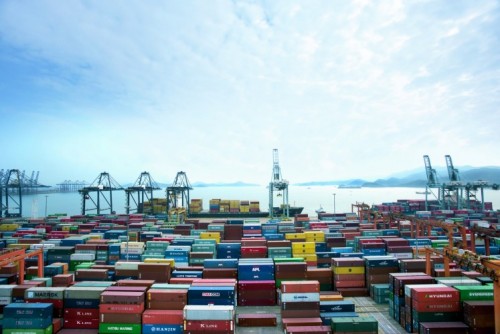A third (33%) of supply chain leaders have moved sourcing and manufacturing activities out of China, or plan to do so in the next two to three years, according to a survey by Gartner.
But the Covid-19 pandemic is just one of several reasons why global supply chains are moving activities out of China, with increased supply chain resilience and trade tariffs also topping concerns.
Kamala Raman, senior director analyst at Gartner Supply Chain Practice, said: “Global supply chains were being disrupted long before Covid-19 emerged.
“Already in 2018 and 2019, the US-China trade war made supply chain leaders aware of the weaknesses of their globalised supply chains and question the logic of heavily outsourced, concentrated and interdependent networks.
“As a result, a new focus on network resilience and the idea of more regional manufacturing emerged. But this kind of change comes with a price tag.”
Research by Gartner showed that the margin between companies planning to add jobs in China versus taking them away narrowed sharply in 2019 and the main reason was the increase in tariff costs.
Raman added: “We have found that tariffs imposed by the U.S. and Chinese governments during the past years have increased supply chain costs by up to 10% for more than 40% of organisations. For just over one-quarter of respondents, the impact has been even higher,”
“Popular alternative locations are Vietnam, India, and Mexico. The second main reason for moving business out of China is that supply chain leaders want to make their networks more resilient.”
Over a fifth (21%) of the 260 survey respondents said that they had a highly resilient network today, but 55% expected to have a highly resilient network in the next two to three years after disruptions caused by Brexit, the US-China trade war, and Covid-19.
Some 58% of respondents said that more resilience also resulted in additional structural costs to the network.
Raman said: “We are at a crossroads in the evaluation of global supply chains that pits just-in-time systems designed to improve operational efficiency against just-in-case plans that emphasise planning and preparing for a range of plausible scenarios.
“To find balance, supply chain leaders must engage in risk management to assess their organisation’s willingness to take risk onboard and decide how to quantify that risk against other network objectives such as cost effectiveness.”







